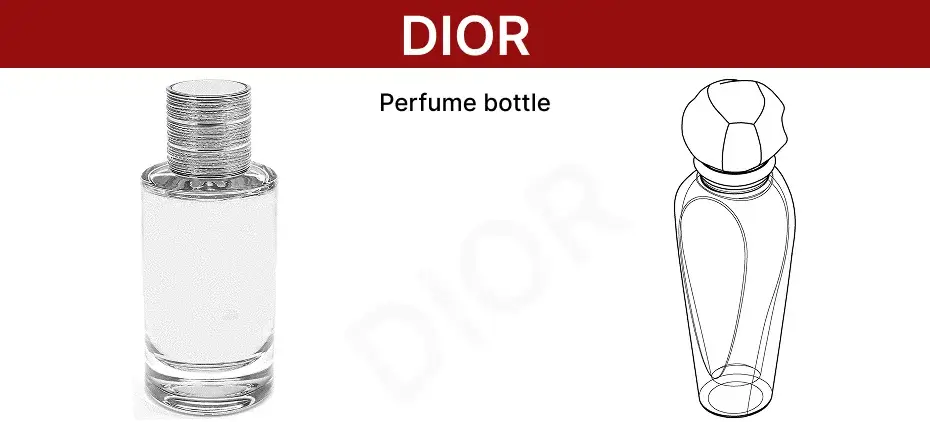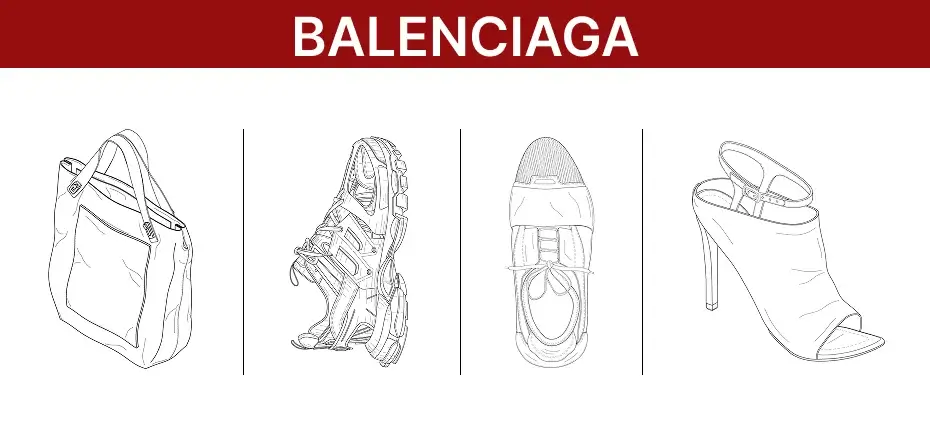Over the years, the fashion industry has undergone a remarkable change. The fashion industry has transitioned from a world where style and trends were the focal points to now a global powerhouse driven by creativity, branding, and legal protection.
In the early days, the fashion industry largely focused on craftsmanship, with minimal attention paid to intellectual property (IP) protection. IP rights, such as patents and trademarks, were relatively underutilized, and many creators did not see the value in securing legal protection for their work.
However, as the industry expanded and globalization made its mark, fashion became more than just garments—it became a thriving business of brand identity and consumer loyalty.
Fast forward to today, and IP protection has become a cornerstone of the fashion world.
Brands now recognize that their designs, logos, and trademarks are not just creative expressions but valuable intellectual assets that must be safeguarded against infringement. Effective IP strategies have emerged as the pillar of success in the modern fashion landscape.
Today, designers and brands use a combination of utility patents, design patents, and trademarks to not only protect their original creations but also to establish a unique market position. A well-crafted IP strategy ensures that designs are protected from replication, branding is safeguarded from imitation, and the creative vision is preserved.
Intellectual Property (IP) ensures that fashion brands safeguard their designs, products, and brand identity. Whether it’s a new clothing line, a unique pattern, or a signature logo, IP strategies such as utility patents, design patents, and trademarks are vital tools for fashion companies to secure their market position and avoid infringement.
Utility patents protect new inventions or functional aspects of a product. In the fashion industry, utility patents can cover anything from innovative clothing materials to new manufacturing processes or unique garment features that provide added functionality.
Capacity Management System and Method for Supporting Sustainable Production of Garments (CN113228069A)
The patent covers a system and method for managing production processes to improve sustainability in garment manufacturing. The focus is on optimizing production capacities and resources, ensuring more efficient use of materials and reducing waste. This type of patent is valuable for fashion brands that aim to integrate sustainability into their manufacturing processes, providing them with a competitive advantage while protecting their technological advancements in production.
Reduction of the Environmental Impact of a Garment (WO2023222581A1)
The patent focuses on methods or materials that reduce the environmental impact of garments, such as through the use of eco-friendly dyes, processes, or sustainable fabrics. With consumers increasingly demanding eco-conscious fashion, a utility patent like this one helps brands position themselves as leaders in sustainable fashion, providing legal protection for their environmental innovations and preventing others from copying their green technology.
System and method for providing cryptographically secured digital assets (US10505726B1)
The patent describes a system and method for providing cryptographically secured digital assets, ensuring the authenticity, integrity, and ownership of digital goods or assets. The system utilizes cryptographic techniques, such as public and private key pairs, to secure digital assets like tokens or virtual items, preventing unauthorized duplication or tampering.
Fiber-bound engineered materials formed using foundation scrims (US20240415230A1)
The patent describes a fiber-bound engineered material specifically designed to impart a functional or intended characteristic at a precise location within the material. This innovative material is formed by entangling a fiber layer with additional fibers to create a non-uniform structure. The entanglement process allows for a mechanical connection between the fibers without the need for additional adhesives, interlacing, or other forms of bonding.
Utility patents give the holder exclusive rights to make, use, and sell the patented invention, which can prevent competitors from copying the functional aspects of a product. By securing a utility patent, fashion brands can ensure that their technological innovations are protected, allowing them to capitalize on their unique designs.
Design patents protect the ornamental design of a functional item. In fashion, this includes the unique look of apparel, footwear, accessories, and other products.

Perfume bottle (USD900615S1) Perfume bottle (USD913797S1)
 Handbag (USD686412S1) Track shoe (USD909020S1) Sneaker (USD737552S1) Shoe (USD754955S1)
Handbag (USD686412S1) Track shoe (USD909020S1) Sneaker (USD737552S1) Shoe (USD754955S1)
Design patents help prevent competitors from replicating the aesthetic aspects of a product, giving fashion brands an exclusive right to use and market their designs. A well-secured design patent can increase the brand’s marketability and consumer demand, as it assures customers of the originality and exclusivity of the product.
Also read: How do you conduct a search on a design patent?
Trademarks protect the brand identity of a business, including logos, brand names, and slogans that distinguish the brand’s products from others in the market. For fashion brands, trademarks create a unique and recognizable identity.

INDITEX (79058223) OYSHO (76255256) TRAFALUC (78947201) ZA (76102290)

AIR MAX (73714272) AIR JORDAN (73536336) NIKE AIR (73799044)
Trademarks also build consumer trust, representing the brand’s reputation for quality, style, and originality. By securing trademarks, fashion brands protect their logo and the goodwill and recognition they have established in the marketplace.
Nike vs Lululemon
Nike filed a patent infringement lawsuit against Lululemon in January 2023, alleging that four of Lululemon’s shoe designs—Chargefeel Mid, Chargefeel Low, Blissfeel, and Strongfeel, violated Nike’s patented sneaker technology. A New York federal jury ruled in favor of Nike on March 10, 2025, awarding $355,450 in damages for infringement of certain structural features of Nike’s shoes. However, the jury dismissed allegations concerning Nike’s proprietary Flyknit technology.
Shein Racketeering (RICO) Case
In July 2023, three U.S. designers filed a lawsuit against Shein under the Racketeer Influenced and Corrupt Organizations (RICO) Act. The designers alleged that Shein systematically infringed their copyrighted designs using algorithms to replicate their works. Judge Mark C. Scarsi ruled in November 2024 that the designers sufficiently alleged copyright infringement and mail/wire fraud as predicate acts for their RICO claim.
PUMA vs Tiger Woods
Puma has filed a trademark infringement lawsuit against Tiger Woods’ Sun Day Red apparel brand, alleging that its leaping tiger logo is too similar to Puma’s iconic “Leaping Cat” logo. Sun Day Red’s logo, featuring a tiger with 15 stripes symbolizing Woods’ 15 major championship victories, is claimed to cause consumer confusion due to the similarity in design and the overlap in product categories (sportswear).
For over a decade, we have been empowering fashion brands with a comprehensive range of intellectual property (IP) services, ensuring their creative assets are fully protected and their innovations are legally secure. Our tailored solutions are designed to mitigate the risks of infringement, allowing brands to confidently navigate the dynamic and competitive fashion industry while safeguarding their unique identity and designs.
Schedule a one-on-one meeting with our subject matter experts and discuss your project queries today!